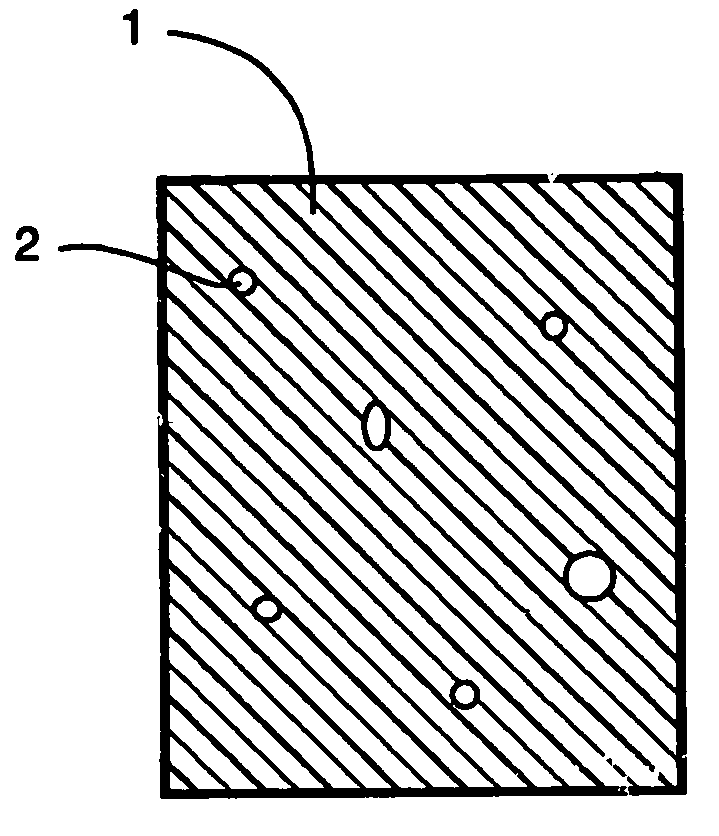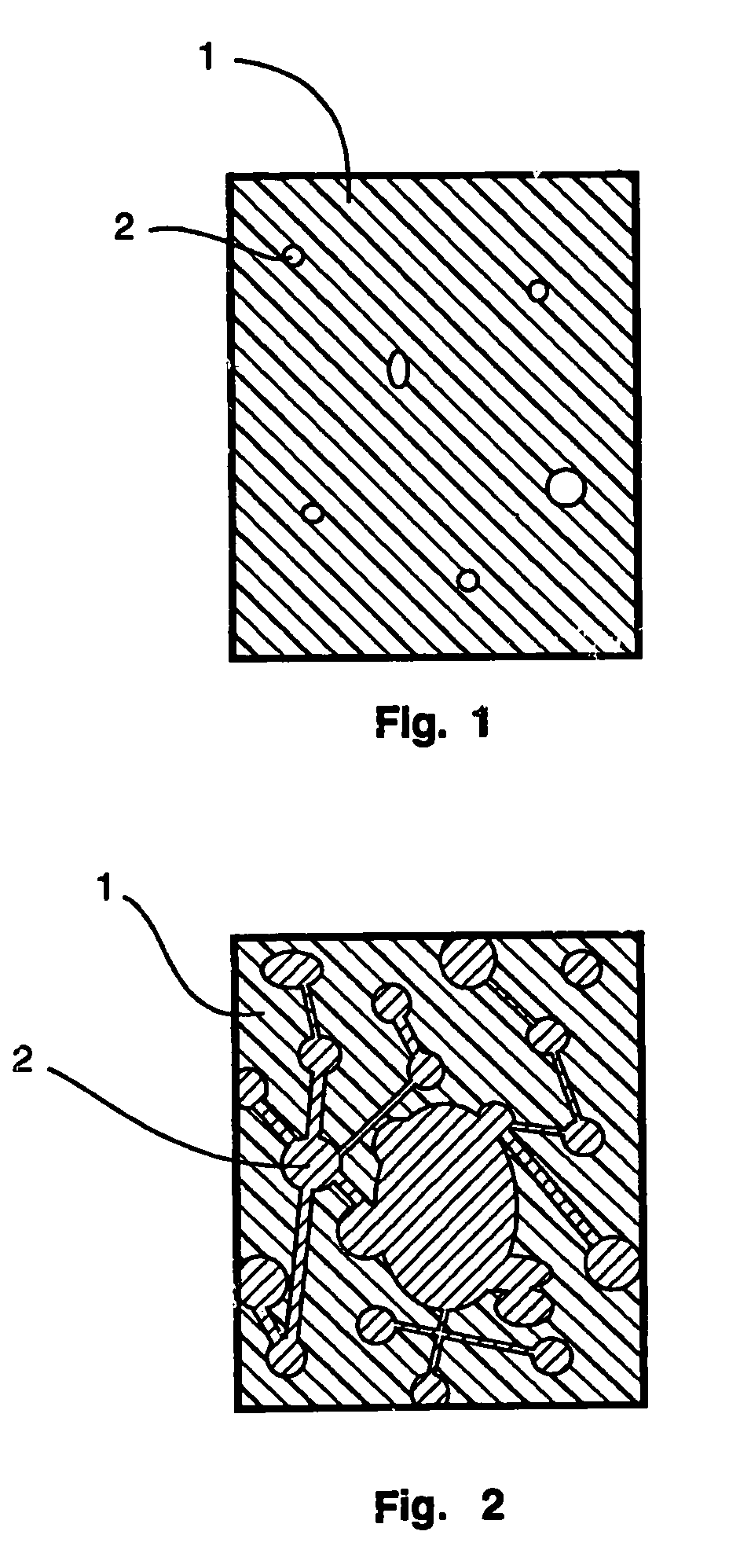Exothermic feeder
a feeder and exothermic technology, applied in the field of exothermic feeder mass, can solve the problems of unwanted reaction in the feeder mass, iron loss, and almost impossible re-processing of iron
- Summary
- Abstract
- Description
- Claims
- Application Information
AI Technical Summary
Problems solved by technology
Method used
Image
Examples
example 2
[0041]
Formulation:Aluminum (as in example 1) 20% by weightSodium nitrate (as in example 1) 10% by weightMagnesium (as in example 1) 4% by weightReactive Al2O3 (as in example 1)12.5% by weightSiO2 hollow microspheres (0–0.5 mm36.5% by weightgrain size) bulk weight 350 cm3 / g,SiO2 content 55–65%)Water glass (as in example 1) 17% by weight
[0042]The components were mixed with one another as in example 1, placed in a feeder mold, gassed with carbon dioxide, and dried. Casting was also carried out as in example 1. The cross section of the reacted feeder mass showed essentially the same pore structure as the feeder from example 1.
example 3
Comparison
[0043]The formulation was the same as in example 1, but instead of reactive Al2O3, 9% by weight Al2O3 with the following properties were used: Al2O3 content 99%, grain size 0 to 0.5 mm (d50=200 microns).
[0044]Processing continued as in example 1. The resulting feeder (1) (see FIG. 2 for an extract from the feeder wall) after the reaction showed a major hollow fire with a large cavity volume in the center which was connected via channels to smaller cavities (2) which extended into the region of the molten iron. All the cavities were filled with solidified iron. When the feeder was crushed, residues of the reacted feeder mass adhered to the pieces of iron. The compressive strength of the conventionally produced cylindrical test piece (d=50 mm, h=50 mm) for quality control of the feeder mass from Example 3 was about 35% less than that of the test piece from Example 1.
PUM
| Property | Measurement | Unit |
|---|---|---|
| particle diameter | aaaaa | aaaaa |
| specific surface area | aaaaa | aaaaa |
| specific surface area | aaaaa | aaaaa |
Abstract
Description
Claims
Application Information
 Login to View More
Login to View More - R&D
- Intellectual Property
- Life Sciences
- Materials
- Tech Scout
- Unparalleled Data Quality
- Higher Quality Content
- 60% Fewer Hallucinations
Browse by: Latest US Patents, China's latest patents, Technical Efficacy Thesaurus, Application Domain, Technology Topic, Popular Technical Reports.
© 2025 PatSnap. All rights reserved.Legal|Privacy policy|Modern Slavery Act Transparency Statement|Sitemap|About US| Contact US: help@patsnap.com


